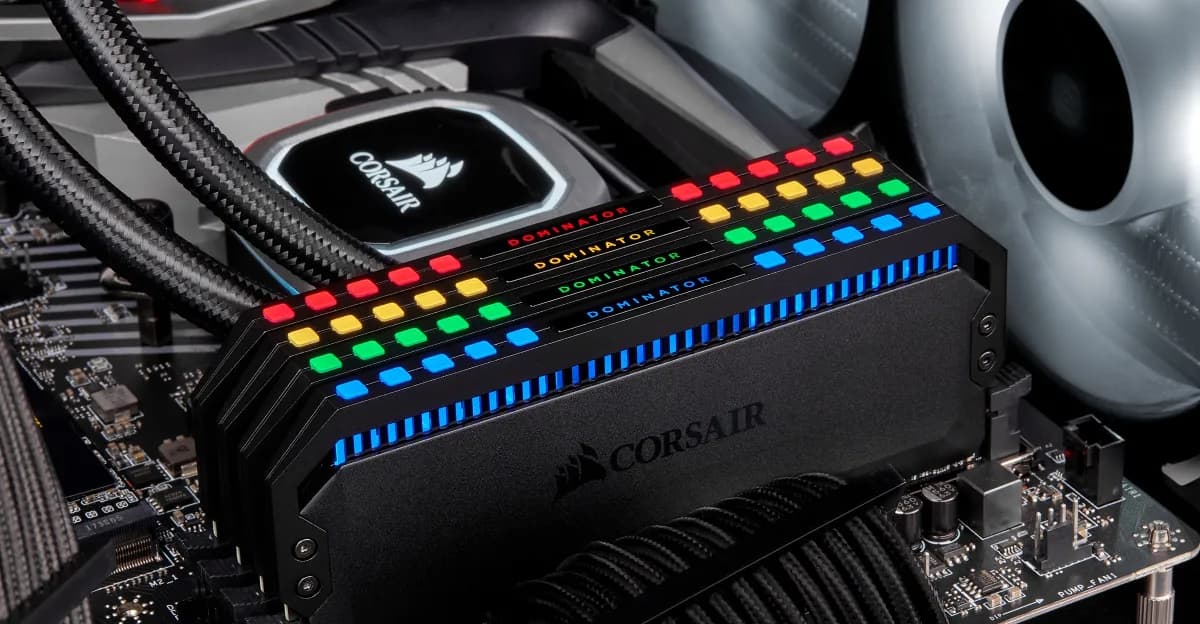Loading News Article...
We're loading the full news article for you. This includes the article content, images, author information, and related articles.
We're loading the full news article for you. This includes the article content, images, author information, and related articles.
A perfect storm of soaring AI-driven demand and shifting manufacturing priorities has triggered a global memory chip crisis, leading to unpredictable prices for Kenyan consumers, PC builders, and businesses.

NAIROBI, KENYA – Tuesday, 25 November 2025, 5:41 AM EAT – A severe global shortage of computer memory (RAM) has led to unprecedented price volatility in international markets, a trend now directly impacting Kenya's technology sector. In a clear sign of the crisis, some US electronics retailers have abandoned fixed prices, instead selling RAM at fluctuating daily 'market prices'—a method typically reserved for perishable goods like fresh seafood. This global supply crunch, driven by a combination of factors, is creating significant uncertainty for Kenyan businesses, tech enthusiasts, and individual consumers reliant on stable component costs.
The issue gained prominence when PCWorld reported on November 24, 2025, that retailers like California's Central Computers were posting signs informing customers that “Costs are fluctuating daily as manufacturers and distributors adjust to limited supply and high demand.” Another major US retailer, Micro Center, posted similar notices citing “market volatility.” This extreme pricing instability is the consumer-facing symptom of a deeper disruption in the semiconductor supply chain.
The primary driver of the current shortage is the explosive growth of the Artificial Intelligence (AI) sector. Tech giants are building massive data centers that require vast quantities of high-bandwidth memory (HBM), a specialized and highly profitable type of DRAM. In response, the world's three largest memory manufacturers—Samsung, SK Hynix, and Micron—have pivoted their production lines to prioritize HBM and newer DDR5 memory modules to meet the insatiable demand from the AI industry.
This strategic shift, confirmed by market analysis firm TrendForce, has created a production capacity crunch for consumer-grade memory. As manufacturers reallocate resources away from older, less profitable DDR4 memory, its production is winding down, leading to a sharp decrease in supply. Consequently, the price for the still widely-used DDR4 has surged dramatically, in some cases doubling in price since mid-2025 and reaching parity with the newer DDR5—an unprecedented market event.
For Kenya, a nation heavily reliant on imported electronics, the global volatility translates directly to higher and more unpredictable local prices. The country's growing digital economy, projected to see a computer hardware market growth rate of 9.74% in 2025, is particularly vulnerable. This growth is fueled by increasing digitization, demand for PCs in businesses and schools, and a thriving community of tech professionals, gamers, and content creators.
Local suppliers and retailers in hubs like Nairobi are now grappling with fluctuating import costs, making it difficult to maintain stable pricing for customers. The impact is felt across several key segments:
The situation is compounded by existing challenges in the Kenyan market, including fluctuating currency exchange rates that already affect the cost of imported goods.
Industry analysts offer little hope for immediate relief. Market intelligence firm TrendForce has repeatedly revised its forecasts upward, predicting that DRAM prices could continue to see double-digit quarterly increases well into 2026. ADATA chairman Chen Libai stated in early November 2025 that the market was entering a major bull run, with severe DRAM shortages likely in 2026. The consensus is that the supply-demand imbalance will persist for at least the first half of the coming year.
Memory manufacturers are reportedly not planning significant increases in the production of standard consumer RAM, instead focusing capital expenditure on the more lucrative HBM and next-generation technologies. While major players like Samsung and SK Hynix are investing in expanding overall capacity, these new facilities take years to become operational, offering no short-term solution.
For Kenyan consumers and businesses, this means the era of unpredictable PC component pricing is likely to continue. The ripple effects of a global tech arms race, fueled by AI, are now being felt on the shelves of local computer shops, posing a significant challenge to the nation's digital growth ambitions.
Keep the conversation in one place—threads here stay linked to the story and in the forums.
Other hot threads
E-sports and Gaming Community in Kenya
Active 6 months ago
Popular Recreational Activities Across Counties
Active 6 months ago
Investing in Youth Sports Development Programs
Active 6 months ago
The Role of Technology in Modern Agriculture (AgriTech)
Active 6 months ago